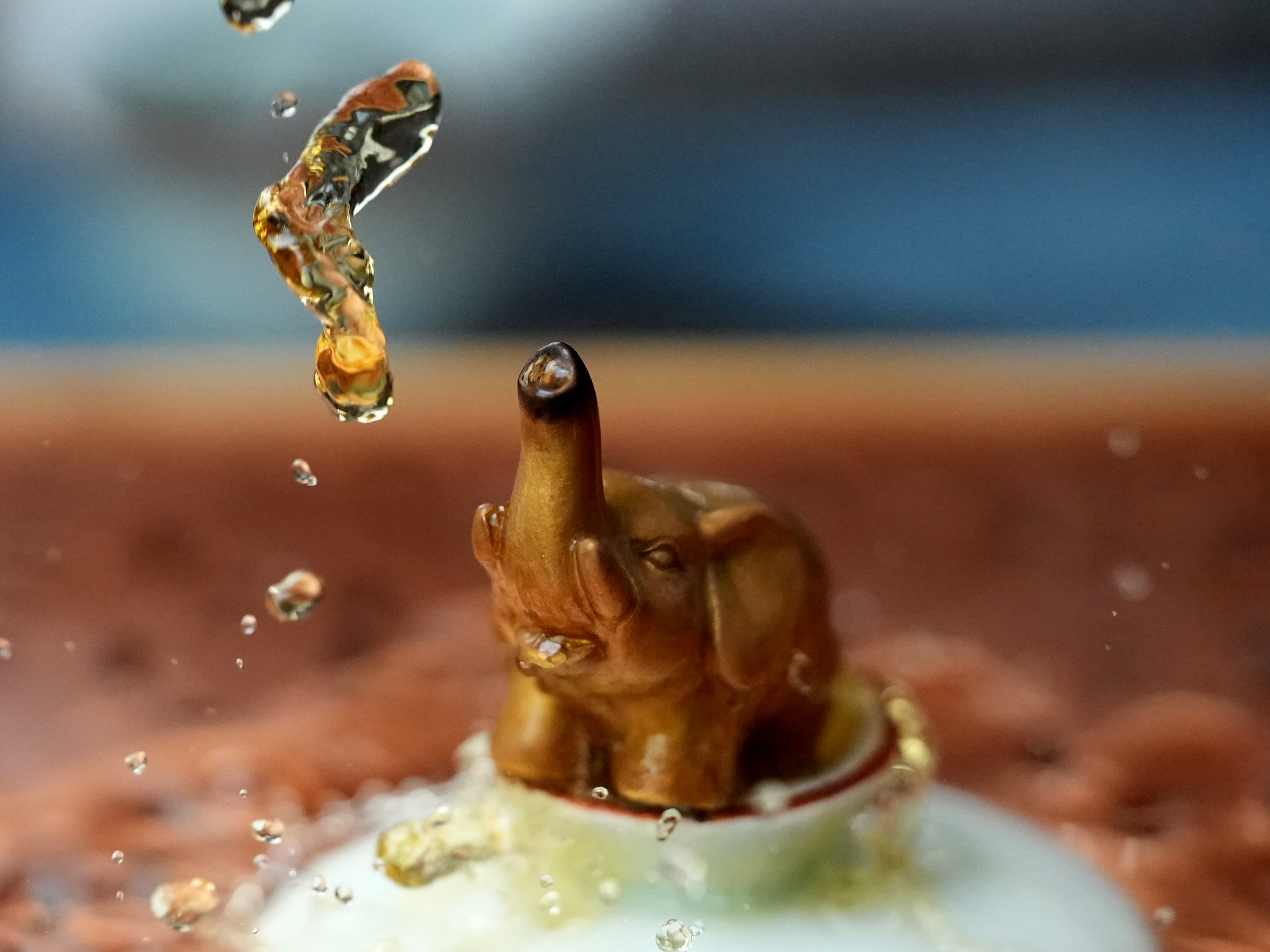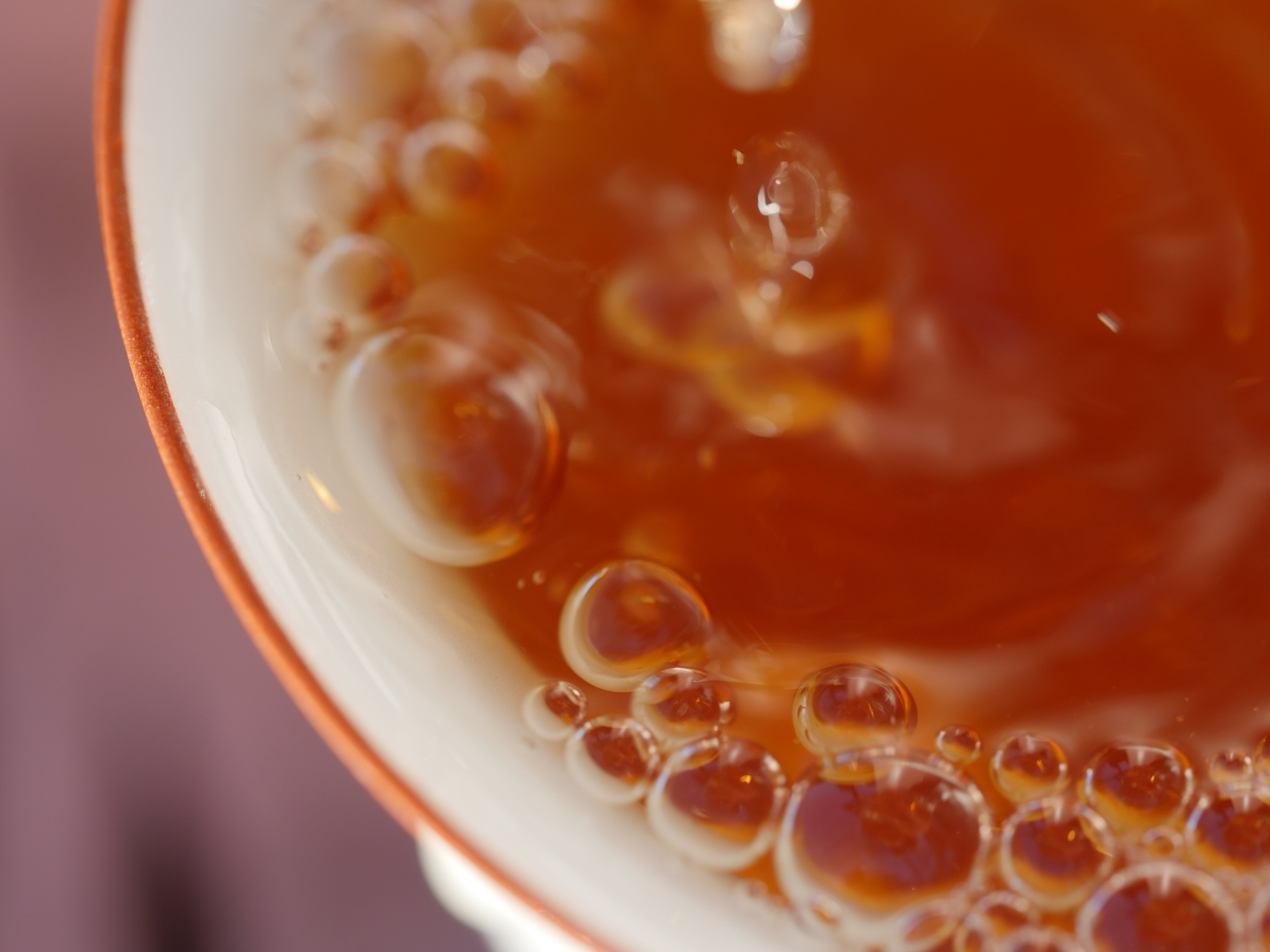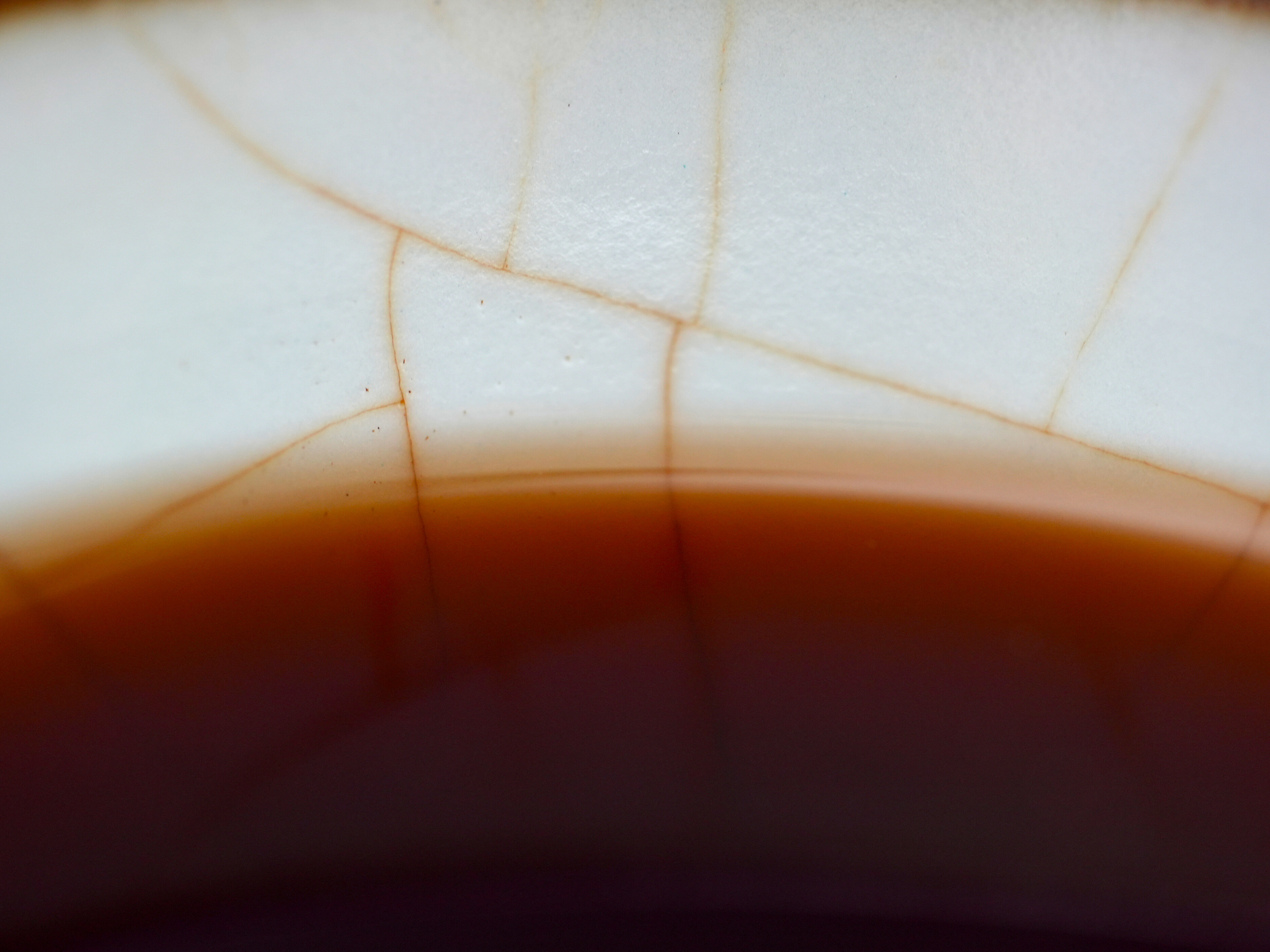
Let’s have a session.
Let’s keep it simple. This is the template from which you can embellish and personalise to your heart’s content – make tea your own expression.
OK so first, are you ready?
I mean really ready for at least half an hour dedicated to the practice of tea. Put that phone on silent, set up your Cha Xi (tea stage) and mentally bring yourself here. Tell all those worldly distractions that you will get back to them after the session (don’t worry they will be there waiting).
EYES - DRY LEAF
Right, let’s get the kettle on (or a charcoal heater if you are extra fancy) and focus on the tea. What are we having?
Take a look at the leaves. Notice the colour, shape and texture. Look at the consistency or variation. What does all of this information tell you about the tea? Now is a good time to decide how to brew – leaf-to-water ratio, temperature and initial infusion time.
NOSE - DRY LEAF
Put some hot water in your brewing vessel and give it 10 seconds to heat up. Pour away the water in a bowl or your water tray.
Add the leaves and get your nose stuck in. Spend time enjoying the aromatics and stay with it as the smell changes while the leaves cool. Let the aromatics find memories to create a personal connection with the tea.

NOSE - WET LEAF
We are going to give the leaves a quick rinse. This is to wash away any broken particles and give you a chance to smell the wet leaves before we make our first drinking infusion.
Pour in hot water (at the same temperature that you are planning to brew) and immediately pour the rinse away over a teapet, in your bowl or in your water tray.
Leave the lid on the brewing vessel for a few seconds to just allow that hot humid air to invigorate the leaves.
Now bring the lid to your nose and smell. Next, bring the wet leaves to your nose and take in that aroma. Take deep, slow breaths and then try short sniffs. The way you smell will subtly change what you smell.
Stay for a while and let the leaves cool. See if you can pick up different aromatics and link them to memories.
EYES - LIQUOR
Let’s brew our first infusion.
Pour in the hot water, lid on and peacefully wait. How long depends on you. At the beginning you may want to set a timer but the goal is to instinctively brew without counting. Just be careful not to forget that you are brewing – we call these ‘forgotten brews’.
Pour the tea into your Gong Dao Bei. Take the lid off your brewing vessel to allow the steam to dissipate.
Have a look at the tea liquor. Cloudy or clear? Vibrant or dull? What is the colour? Any persistent bubbles hanging around on the surface? These observations will all change as you move through infusions but it is great to note the initial appearance.

MOUTH – TEXTURE
Pour yourself a cup of tea and take a sip. No need to slurp and make all of those silly noises. Just drink and allow the tea to coat your whole tongue.
We are going to notice the texture of the tea in the mouth before we start tasting. The texture is harder to notice, especially as you drink more infusions, so this is the right time to bring attention here – is the tea thick or thin, sticky or oily, flat or vaporous?
MOUTH – TASTE
Have some more sips and allow the tea build up layers in your mouth and throat. Breathe out through your nose to pass the aromatics of the tea up from the back of your mouth.
Start to effortlessly form connections between the sensory experience and memories. These do not have to be only food-related – maybe the tea tastes like a pine forest or an airport runway or your old school corridors. You have never tasted these, but you have smelled them, and most of what we call flavour is actually aroma.
If the tasting notes don’t come to you, then that’s not an issue. You may not want to consider tasting notes, or you may struggle to bring them to the surface. Tasting is not an act of forcing – just sip and be open to imagery.
Try not to judge the tea. The point here is not to decide if you like or dislike a tea (that can be done later); it is simply to experience it.
MOUTH – FINISH
Let’s brew another infusion. If the tea was too bitter then consider reducing the temperature. If the tea was too light then consider a longer infusion. Play with the parameters as you get to know the tea.
After drinking a few cups of tea, focus your attention on the finish. What is the enduring texture and taste?
Let’s split this up into a sequence. How do your mouth and throat react while the tea is in the mouth? How does this change immediately after swallowing? And what about seconds or minutes after your last sip?
You might notice puckering and drying, perhaps a buzzy tingling sensation, or maybe your mouth is flooded with juiciness or a sense of returning sweetness.
Keep on brewing up infusions and observing, tasting, feeling and forming connections with memories.

NOSE – EMPTY CUP
The often-forgotten prize of a tea session is the smell of your empty cup or Gong Dao Bei after it has been layered with multiple infusions of tea. Have a whiff and notice the sweeter and warmer qualities of these aromatics.
EYES – WET LEAF
Keep your eye on those leaves as they hydrate and give up their essence. Note how the colour changes from the dry leaf and how the picking style is revealed as the leaves unfurl completely.
BODY – SENSATION
How does the tea make you feel? Calm or energised? Clear or woozy? Hot or cooling (or a bit of both)? The body sensation is a fundamental part of tea appreciation and will stay with you long after your session is over.
Sit with your session as long as you can. If you get distracted, then come back to the session later (as long as it is the same day).
Now you can make some critical assessment of the tea. Would you want to session this tea again? How might you brew it differently? Which tea does this tea make you want to try next?
OK you can turn your phone back on :)



